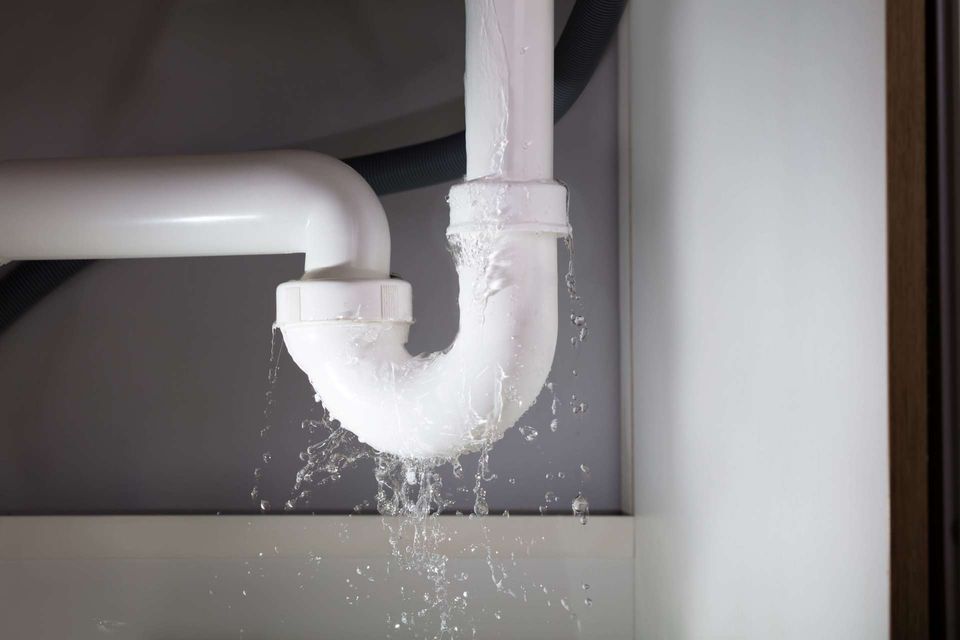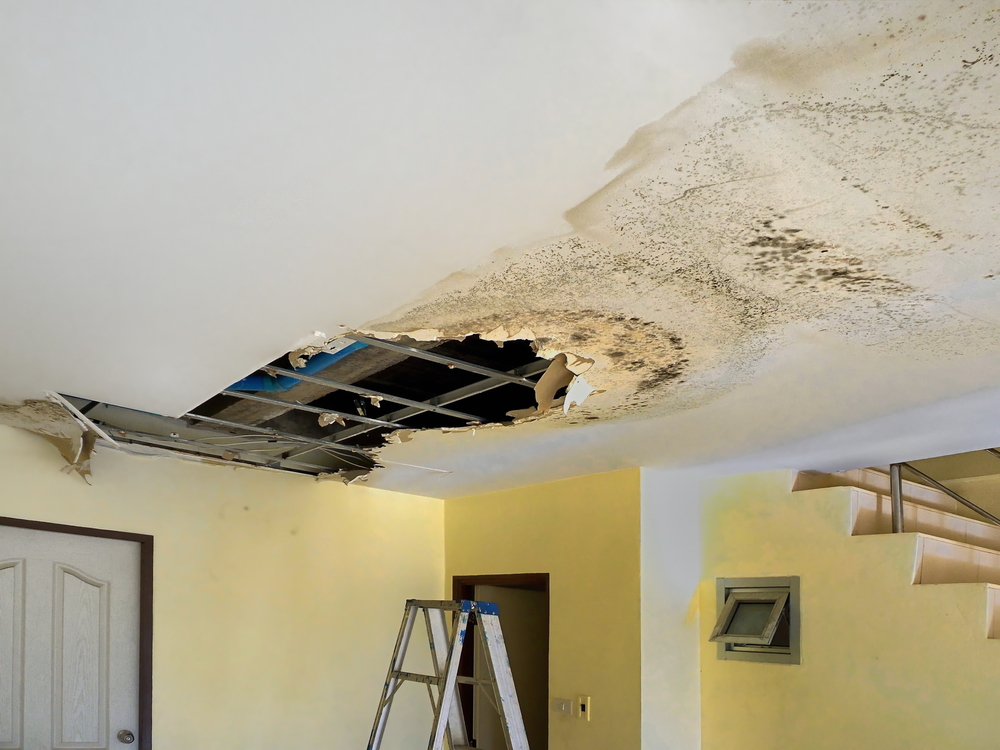Just how to Inspect If Your House Has a Covert Leak
Just how to Inspect If Your House Has a Covert Leak
Blog Article
What're your ideas on Finding hidden leaks?

Early detection of dripping water lines can mitigate a prospective calamity. Some tiny water leakages might not be visible.
1. Take A Look At the Water Meter
Every residence has a water meter. Checking it is a guaranteed manner in which aids you uncover leaks. For starters, shut off all the water resources. Guarantee nobody will certainly flush, utilize the tap, shower, run the washing maker or dish washer. From there, go to the meter as well as watch if it will change. Considering that no person is utilizing it, there need to be no movements. That shows a fast-moving leakage if it relocates. If you detect no adjustments, wait a hr or two and examine back again. This implies you may have a slow-moving leakage that can also be underground.
2. Check Water Usage
Analyze your water bills as well as track your water intake. As the one paying it, you must notice if there are any type of disparities. If you identify sudden changes, despite your consumption coinciding, it indicates that you have leakages in your plumbing system. Bear in mind, your water costs ought to drop under the exact same range monthly. An abrupt spike in your bill suggests a fast-moving leakage.
Meanwhile, a stable boost on a monthly basis, even with the same practices, shows you have a sluggish leak that's likewise slowly intensifying. Call a plumber to completely inspect your residential property, specifically if you feel a warm location on your flooring with piping beneath.
3. Do a Food Coloring Test
When it involves water intake, 30% comes from toilets. Examination to see if they are running appropriately. Drop flecks of food shade in the container and wait 10 mins. If the shade somehow infiltrates your bowl throughout that time without flushing, there's a leak in between the container and bowl.
4. Asses Outside Lines
Do not fail to remember to inspect your outside water lines as well. Ought to water seep out of the connection, you have a loosened rubber gasket. One little leakage can lose heaps of water as well as spike your water bill.
5. Analyze the scenario as well as inspect
Home owners must make it a practice to examine under the sink counters as well as also inside cupboards for any bad odor or mold and mildew development. These two red flags indicate a leak so prompt interest is called for. Doing regular evaluations, even bi-annually, can conserve you from a significant trouble.
More importantly, if you know your house is already old, maintain a watchful eye on your heating units, hoses, pipelines and so on. Look for stainings and weakening as a lot of appliances as well as pipelines have a life expectancy. They will also normally weaken because of tear and use. If you suspect dripping water lines in your plumbing system, don't wait on it to intensify. Call a specialist plumber as soon as possible so you do not end up with a horrible mess in your house.
Early detection of dripping water lines can mitigate a prospective catastrophe. Some little water leaks may not be visible. Inspecting it is a proven way that helps you discover leaks. One small leakage can throw away tons of water and spike your water bill.
If you think leaking water lines in your plumbing system, don't wait for it to escalate.
WARNING SIGNS OF WATER LEAKAGE BEHIND THE WALL
PERSISTENT MUSTY ODORS
As water slowly drips from a leaky pipe inside the wall, flooring and sheetrock stay damp and develop an odor similar to wet cardboard. It generates a musty smell that can help you find hidden leaks.
MOLD IN UNUSUAL AREAS
Mold usually grows in wet areas like kitchens, baths and laundry rooms. If you spot the stuff on walls or baseboards in other rooms of the house, it’s a good indicator of undetected water leaks.
STAINS THAT GROW
When mold thrives around a leaky pipe, it sometimes takes hold on the inside surface of the affected wall. A growing stain on otherwise clean sheetrock is often your sign of a hidden plumbing problem.
PEELING OR BUBBLING WALLPAPER / PAINT
This clue is easy to miss in rooms that don’t get much use. When you see wallpaper separating along seams or paint bubbling or flaking off the wall, blame sheetrock that stays wet because of an undetected leak.
BUCKLED CEILINGS AND STAINED FLOORS
If ceilings or floors in bathrooms, kitchens or laundry areas develop structural problems, don’t rule out constant damp inside the walls. Wet sheetrock can affect adjacent framing, flooring and ceilings.
https://www.servicemasterbyzaba.com/blog/how-to-detect-water-leakage-in-walls/

I was made aware of that editorial on Finding hidden leaks through an associate on another web property. Feel free to take a moment to share this page if you appreciated it. Thanks for your time invested reading it.
Report this page